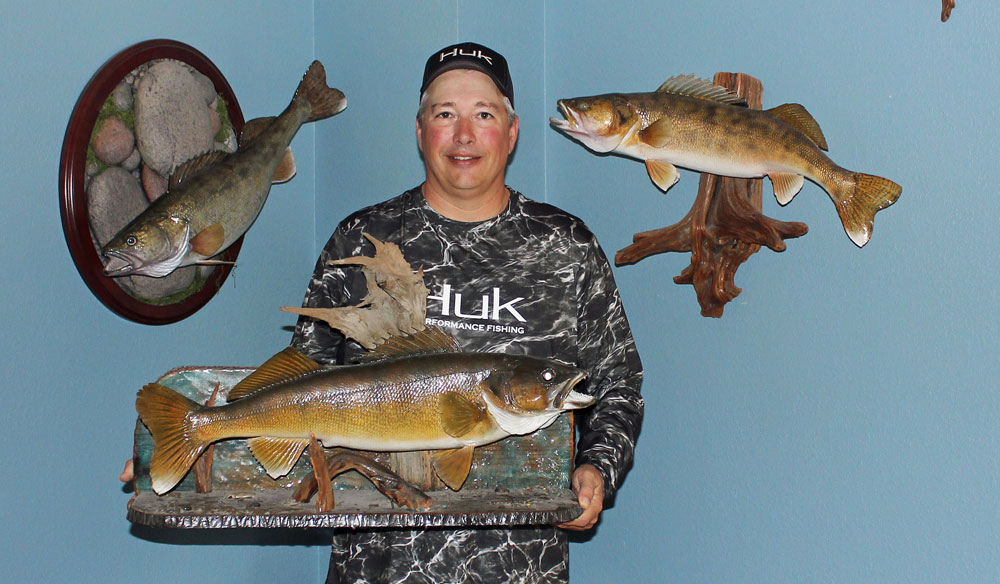Johnnie Candle – Mr. Walleye - not only has won the World Walleye Championship and several other walleye tournaments, but also is a member of Mossy Oak’s Fishing Team. Candle guides almost every day on Devils Lake in North Dakota where he’s required to find and help his anglers catch walleye.

I couldn’t compete in tournaments or be a successful guide without my 212 and 210 Humminbird Helix depth finders. When I'm fishing, I need to look for a lot of information, and one depth finder isn’t enough. I run two depth finders on my console, while I'm driving the boat. One depth finder is set to show me the map of the lake, and I'm looking for walleye and the structure that holds walleye. I use a Humminbird LakeMaster mapping product, because it allows me to create my own map with an AutoChart PC program.
On my other depth finder is side imaging and down imaging, so I can see several different things that may indicate fish. At the same time, I'm always running split screens on both depth finders and constantly changing to different views as I drive the boat. On the front of the boat, I have a depth finder, too, so I can stay right on top of the fish or know where to cast to possibly get a bite. I'm looking for structure, schools of baitfish and walleye on my depth finders.
One of the newer techniques for catching walleye is fishing very heavy jigs for deep water walleye. I also use the Minn Kota Ultrex trolling motor with i-Pilot Link. I can mark a fish with my depth finder, spot lock that position with my trolling motor and vertical jig for that one individual walleye.
In many lakes in the Midwest, walleye fishermen are more like trophy deer hunters. When they find the walleye they want to try to catch, they’ll mark the fish. Then they’ll use every tactic and bait that they have in the boat to try and catch one walleye each before they go looking for another one.
I like a Rapala's Jigging Rap, and a Johnny Darter that’s made by Johnson Fishing that weighs from 7/8 ounce to 1-1/8 ounces. Those lures have tail fins on their backs and they glide. For many years, these lures have been considered ice-fishing lures. But in the last 5-6 years, tournament fishermen have started using these lures in open water to target walleye. These lures are erratic moving and give a jigging presentation to the walleye. Because they're so heavy, these lures get to the bottom quickly. Usually, you can drop these baits down, and the walleye will take them as soon as they see them. If not, you can jig for a minute or two. Then if you haven’t caught that fish, leave it and go look for another one.
From time to time, I will use live bait for walleye, even though I'm not a live bait fan. Although live bait produces walleye, I like to fish more aggressively and faster than live bait usually allows. Live bait doesn’t stay on a hook very well either. I like to fish for aggressive walleye, rather than fishing for walleye that may or may not take your bait. I don’t enjoy sitting on one spot and waiting for the walleye to decide to bite. I’d rather go look for other fish that will take my lures as soon as they see them.
My approach to walleye fishing is much like aggressive turkey hunters hunt. When that hunter calls to the turkey, he wants the turkey to start coming to him. If he continues to call to that turkey for 5-15 minutes, and if the turkey doesn’t come into shotgun range, he’ll leave that turkey and go find another turkey that may come running in as soon as he calls to him.



























